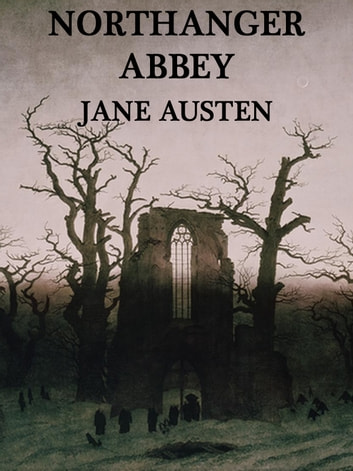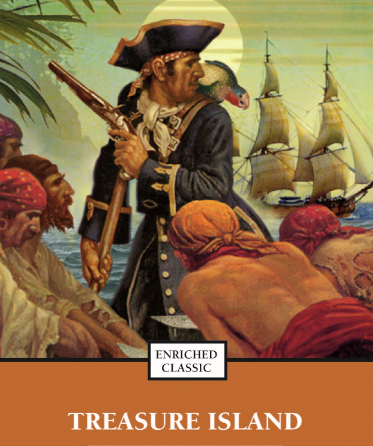Just the name of “Treasure Island” conjures images of pirates, mysterious islands, talking parrots and an absurd amount of gold doubloons. Written by Scottish author Robert Louis Stevenson in 1883, “Treasure Island” is the story of Jim Hawkins who sets on a quest to find the treasure of the infamous Captain Flint. After the deaths of his father and a strange pirate at the inn his family owns in seaside England, Jim comes into the possession of a map to a great treasure buried somewhere on an island in the Caribbean. After scuffling with a few pirates who also want to get the map and befriending a series of companions, two of which include the now well-known Captain Smollett and Long-John Silver, Jim sets out for the so-called “Treasure Island.”
However, soon after leaving England, the threat of mutiny becomes apparent, and no one can be trusted. What follows next is a series of battles, betrayals, plot twists and a lot of pirate and nautical vocabulary. With all of this said, does “Treasure Island” remain an interesting read in the modern day?
The novel comprises 34 chapters, and while this may seem a bit long, each chapter is only about eight pages, making it a rather light read. However, just because it may be shorter does not mean it is not descriptive. Stevenson goes into good detail about everything from the geography of the island to the clothes the characters wear to the individual parts of the ship the characters reside or battle upon. While this does create a vivid image of the world within the mind of the reader, it can be at times excessive. The novel centers on Jim and what adventures he had, so in the chapters when he is adventuring alone, the entire chapter consists of only prose, which can get tiring after all. It should be noted, though, that Stevenson does not go on tangents, but rather chooses to narrate parts of the story in this particular way.
The plot is very entertaining, and there is always something for the reader to think or theorize about. Whether it be the origins of Billy Bones at the story’s start or the location of the treasure later on, one always has something to be curious about. Furthermore, the novel is filled with a lot of action scenes, with several characters engaging in both musket and cutlass combat. The thrilling aspect of adventure is apparent by the first few chapters, and Stevenson never lets off the pedal afterwards, making it a great read for lovers of the adventure genre.
Another commendable aspect of the book is the role in which the main character, Jim Hawkins, plays in the events of the stories. Despite only being the modern equivalent of a 6th or 7th grader, Jim frequently displays both bravery and good character in many dangerous situations by always doing what he thinks is right. However, he is still a kid, and Stevenson realistically writes Jim as a youth who does want to help but is still not knowledgeable of the world and does make mistakes, and eventually, learns from them, growing tremendously as a character.
A quick thing to note is that the book is very heavy in its use of sea-slang and maritime terms, so one should not hesitate to look up any words that confuse them. From the sheer amount of pirate jargon used in the story, by the end of it, the reader will be able to talk like a true buccaneer themselves.
“Treasure Island” is a classic adventure novel that captures the spirit of a true pirate war and treasure hunt. In its relatively short number of pages, it tells the fascinating and thrilling tale of Jim Hawkins and how his sea adventure helped him mature as a person.
In summary, “Treasure Island” is a gripping book that is best suited for those who enjoy adventure stories, epic fight scenes, complex villains, mischievous talking parrots and entrancingly lucid land descriptions.



































